American Beauty
2 min read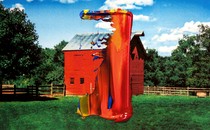
By the time Jennifer Emerling was 12, she had been to 22 national parks. In an interview with her local newspaper that year, the California middle schooler said that in addition to collecting shirts and stuffed animals from the parks, “I take lots of pictures.” Asked what she would do when she’d exhausted the list of parks to visit, Emerling answered, “Go see them again.”
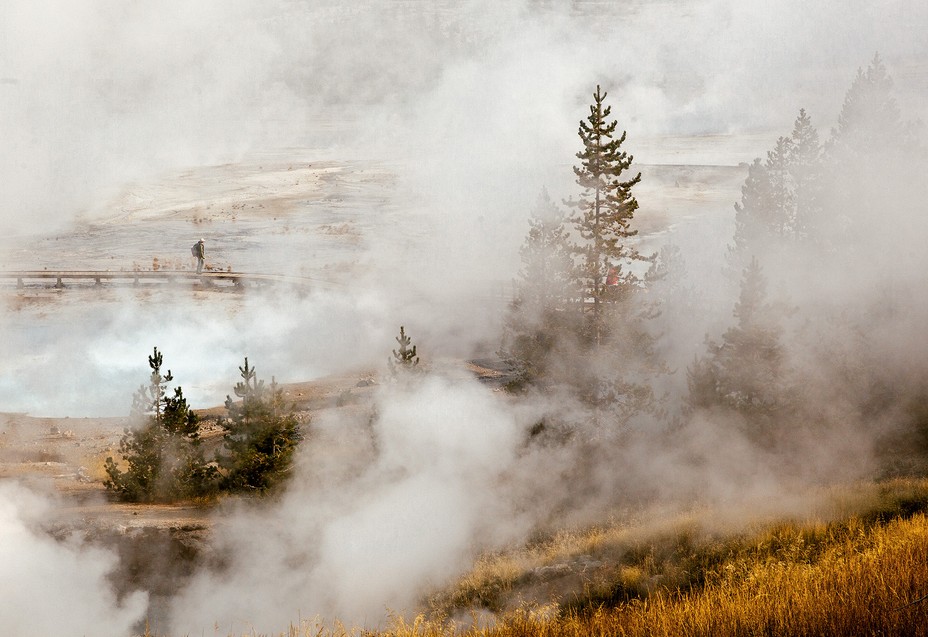
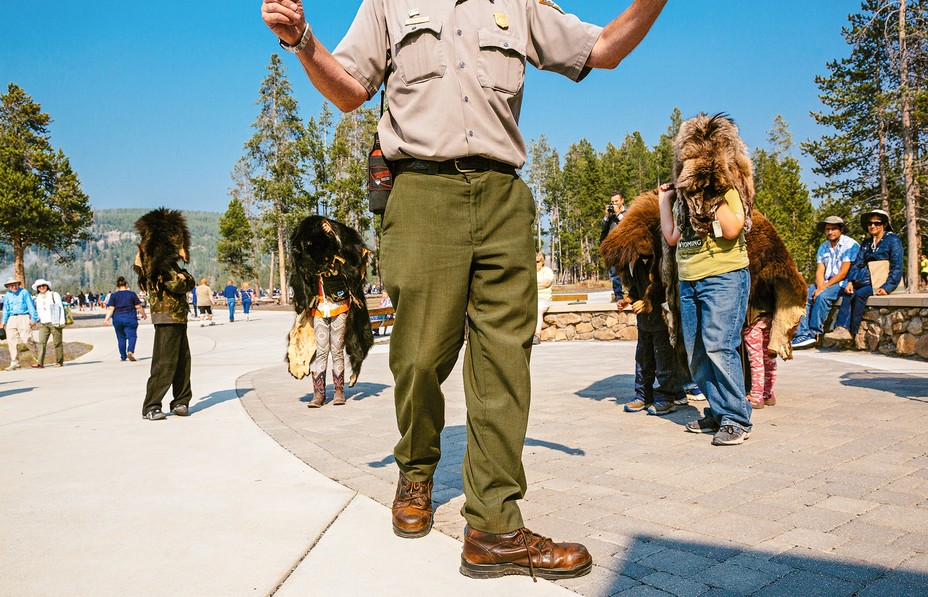
Emerling, now a professional photographer, never stopped taking pictures of national parks. For her series “See America First!” she retraced her family’s summer road trips. The resulting images convey a spirit of adventure and childlike wonder. Emerling’s compositions juxtapose the ordinariness of smartphones and sun hats with the majesty of the natural landscape. In one photo, visitors pause on the Old Faithful boardwalk, in Yellowstone, to capture the geyser’s eruption; in another, a woman holds a camera, but her gaze is fixed on the view across a crystal lake in Grand Teton National Park.
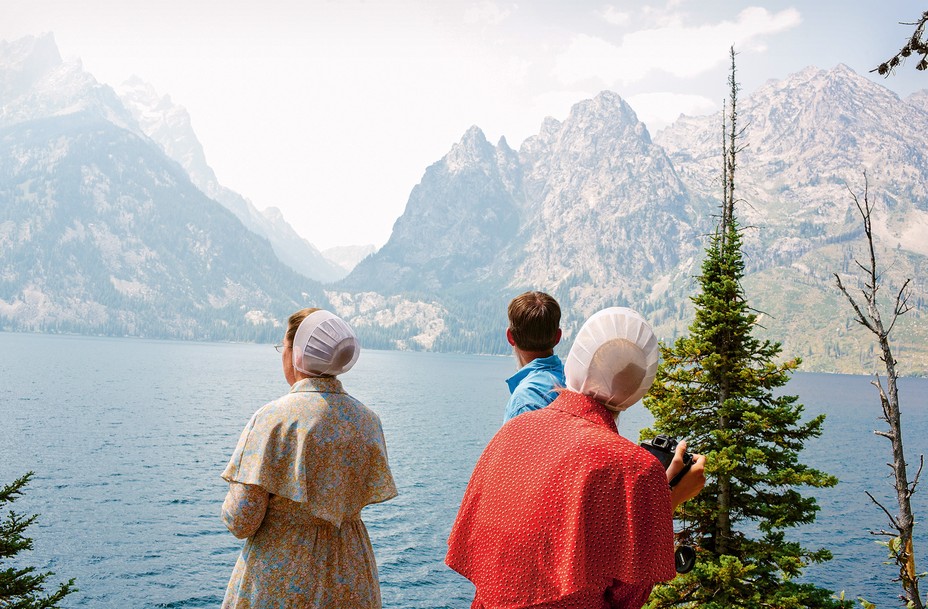
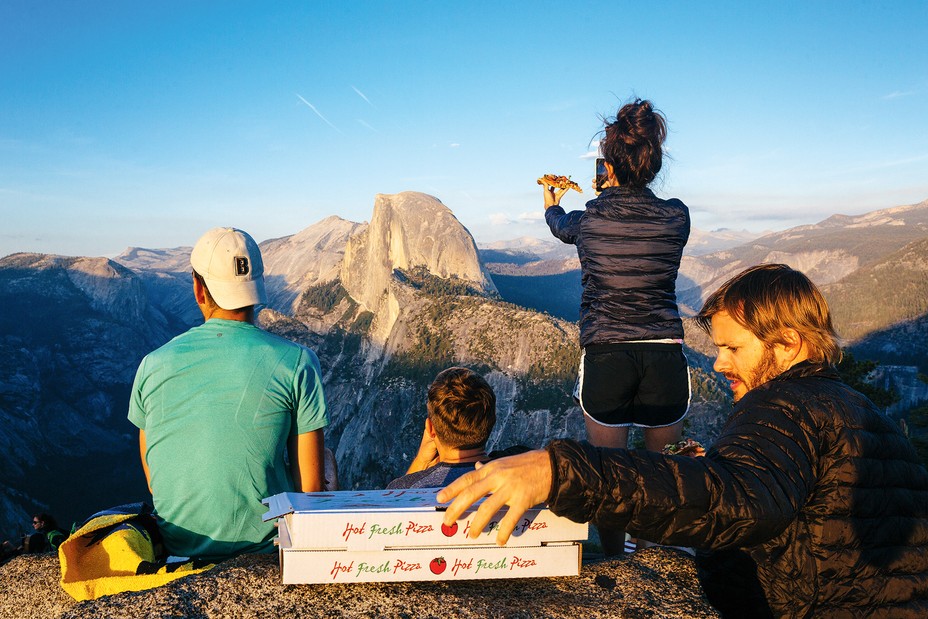
For all their whimsy and nostalgia, the photographs also invite serious reflection on the complexities of American tourism and its fantasies of an unspoiled West. The series takes its title from an early-20th-century marketing campaign to promote domestic travel among the wealthy via the railroads (the original, longer slogan was “See Europe if you will, but see America first”). “See America First!” can be read straight, as intended by the railroad boosters—or with an ironic twist, through the hindsight of history. To acknowledge the many contradictions of our national parks—areas that were touted as examples of “undisturbed creation” at the expense of Native American territorial sovereignty; places that cultivate an appreciation of nature even though they have long been commercialized—is not to negate their beauty or power.
This article appears in the June 2024 print edition with the headline “American Beauty.” When you buy a book using a link on this page, we receive a commission. Thank you for supporting The Atlantic.



